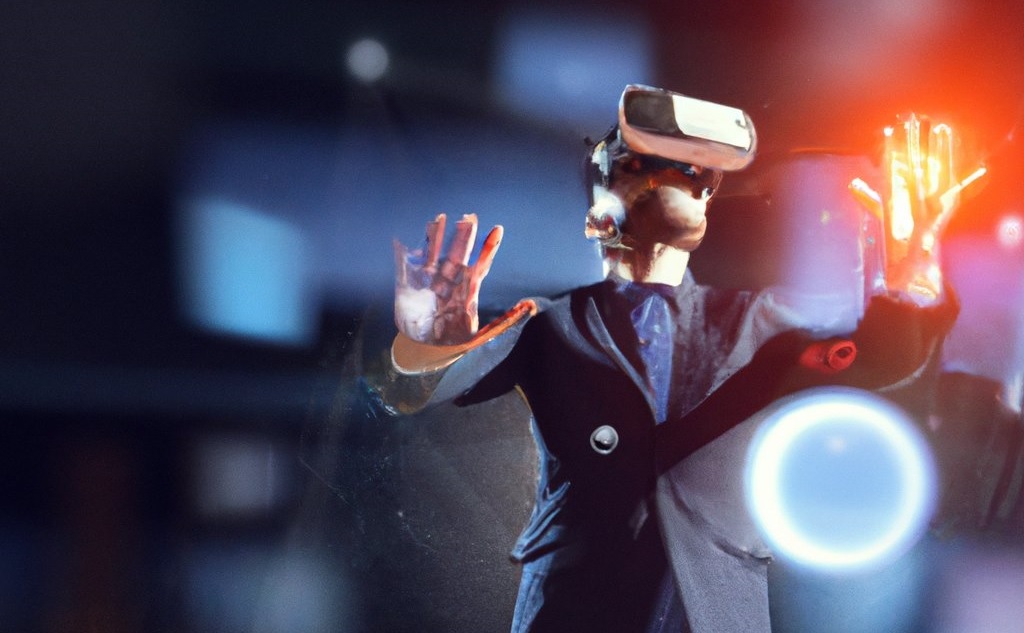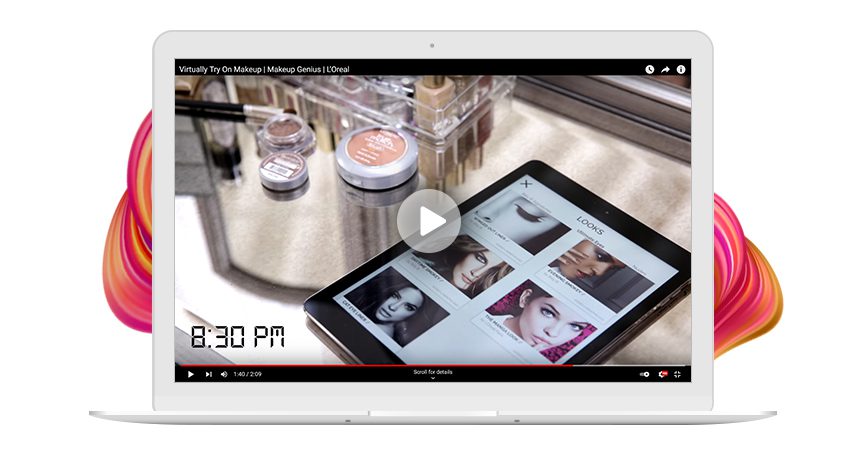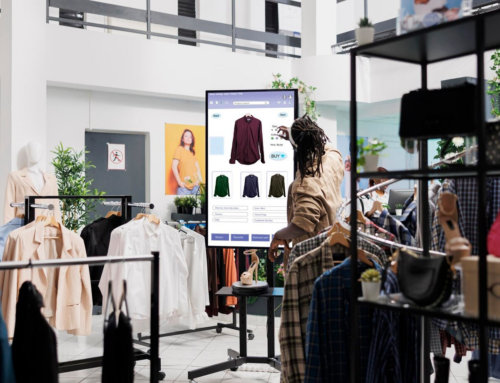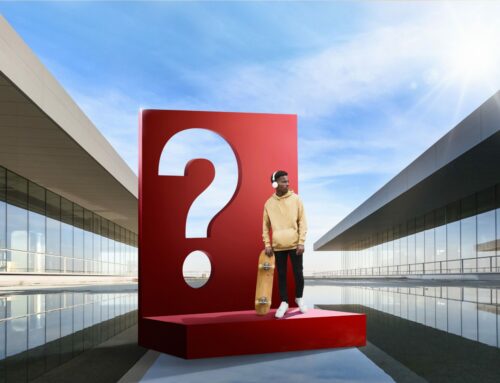Perhaps the most obvious benefit of Virtual/Augmented Reality experiences for business is that it can provide employees, stakeholders, and collaborators an immersive experience of a real-world environment in real time. This can help to improve safety procedures and increase productivity. However, in this article we will mainly explore its applications in Marketing.
VR marketing is a new approach to marketing that incorporates virtual reality technology into its campaigns to deliver a 3D 360° immersive experience to its target audience. This can be in a variety of forms, with the most common being either a banner advertisement inside a virtual world or some form of a tech demo that allows users to try out products before purchasing them.
By building a realistic digital environment for your customers, you’re allowing consumers to better interact with your brand. This is very positive from a brand experience point of view and will increase retention rates for your marketing.
Typical benefits include:
- Using VR to be a modern immersive brand.
- Creating more memorable experiences.
- Putting the fun in advertising to build a better audience.
- Showcasing your newest products.
- Immersion can be an educational tool.
Are you interested in AR for your business?
Augmented Reality (AR) is an emerging trend within marketing and sales strategies, one that allows brands to give their customers unique experiences with the convenience of tapping into their mobile devices involving brands promoting themselves and their products using virtual and augmented reality technology. The technology creates a fake but realistic environment. Sometimes VR marketing is visual, and sometimes it’s multi-sensory, depending on the device. A full virtual reality headset offers a completely immersive experience, while a VR Instagram filter simply overlays objects or pictures onto the camera view.
Using filters or Augmented Reality for marketing
Social media is the go-to medium for people to discover new products from brands. Instagram users want to see more branded content. With 80% of users following a brand on the social networking app, there are over 1bn worldwide users on Instagram which makes it the biggest platform for branded Augmented Reality AR Filters. It’s a colossal amount of eyeballs looking for engaging content. And research shows that people who use AR Filters use them on average for 75 seconds – 4X longer than mobile video.
All big brands like Adidas, Lego ,H&M etc are making filters with their products in them. It’s a simple way to market your product, most of the time with someone else doing all the work for you, while there taking a selfie there also sharing your business with millions.
You don’t need to blow your marketing budget on one AR Filter (unless you’d like to). Augmented Reality Filters are an inexpensive alternative to other media platforms as no specific media needs to be purchased. Companies like snapchat come with AR. It’s very simple for a brand to use this in so many ways.
It’s no shock that everyone seeks beauty and with the sudden growth of filters over the years L’Oreal Makeup Genius lets you try out a variety of hair colours and makeup styles. Customers can test makeup without using the shared samples that were often available in stores. In fact, they can try out and buy products without venturing to in-person stores at all!
Companies should strongly consider following suit and using VR to create customised shopping experiences based on customer preferences. An Accenture survey found that 91% of consumers prefer brands that provide personal recommendations.
AR Tours and Assistance
Augmented Reality offers the potential for businesses to add a digital component on top of their physical locations and products. Customers can scan a product or object to pull up an AR experience tailored either toward giving additional information about the product or some form of supplemental brand-related experience
Home furnishing brand IKEA’s AR app lets you see how furniture will look in your space before you buy. You can “try out” multiple pieces of furniture at once, including full room sets. Customers can see how pieces suit their rooms and how they look together.
What is the Metaverse you might be asking?
Well that’s hard to explain really because as of right now it doesn’t exist in its complete form. You see the Metaverse is a plan or a dream for the future to bring everything more online to create an online universe filled with the many things we use already just all jammed into one maga experience. It’s such a hot topic huge companies are getting in on it like Epic, Roblox, Facebook.
The term metaverse is used to describe a collective virtual shared space, created by the convergence of virtually enhanced physical reality and physically persistent virtual space, including the sum of all virtual worlds, augmented reality, and the internet.
One of the major advantages of this concept is that it will allow people to create their own realities and to be whoever they want to be. This will allow them to escape from this world and its limitations. It will also give them a sense of belonging in a community that they don’t have in their real life.
So why virtual reality?
In today’s digital age, social media has become a major platform for people to communicate and engage in the world. With the development of VR technology, it is not hard to imagine a future where we will be able to spend time with friends and family from all over the world without having to get on a plane. This new virtual world may have some similarities with our current social media landscape, but it will also introduce new opportunities for brands and influencers that are looking to engage with their audience.
The development of VR technology has paved the way for a new kind of social media world. Although this virtual reality landscape will have some similar features as today’s social media environment, there are many opportunities for brands and influencers looking to reach their audiences in innovative ways.

Which VR Headsets are the best to start with?
If you are starting out with VR, it might be best to buy a headset and experience it for yourself. Modern VR headsets now fit under one of two categories: tethered or standalone. Tethered headsets, such as the HTC Vive Pro 2, PlayStation VR, and Valve Index are physically connected to PCs. Standalone headsets offer the greatest physical freedom by completely removing the cables and not requiring an external device to handle processing. The Oculus/Meta Quest 2 uses similar outward-facing cameras.
The rebranded-to-Meta Facebook might eventually be pushing the Quest 2 and other Oculus devices even further, with a bigger eye for broad platform integration. The company’s plans to build a “metaverse” will likely include AR and VR systems, and the Oculus division would be the natural means for that.
Get started with VR in your business
The possibilities with VR and AR are endless. Getting your business in on something like these would be a huge game changer for your business, simply from making filters and utilising the love people have for selfies can further your business.
To stay updated with all the info on Marketing news follow Vimar! We are an Irish digital marketing company that has years of experience and we are trying to bring all the knowledge and marketing news to you.





Keep In Touch